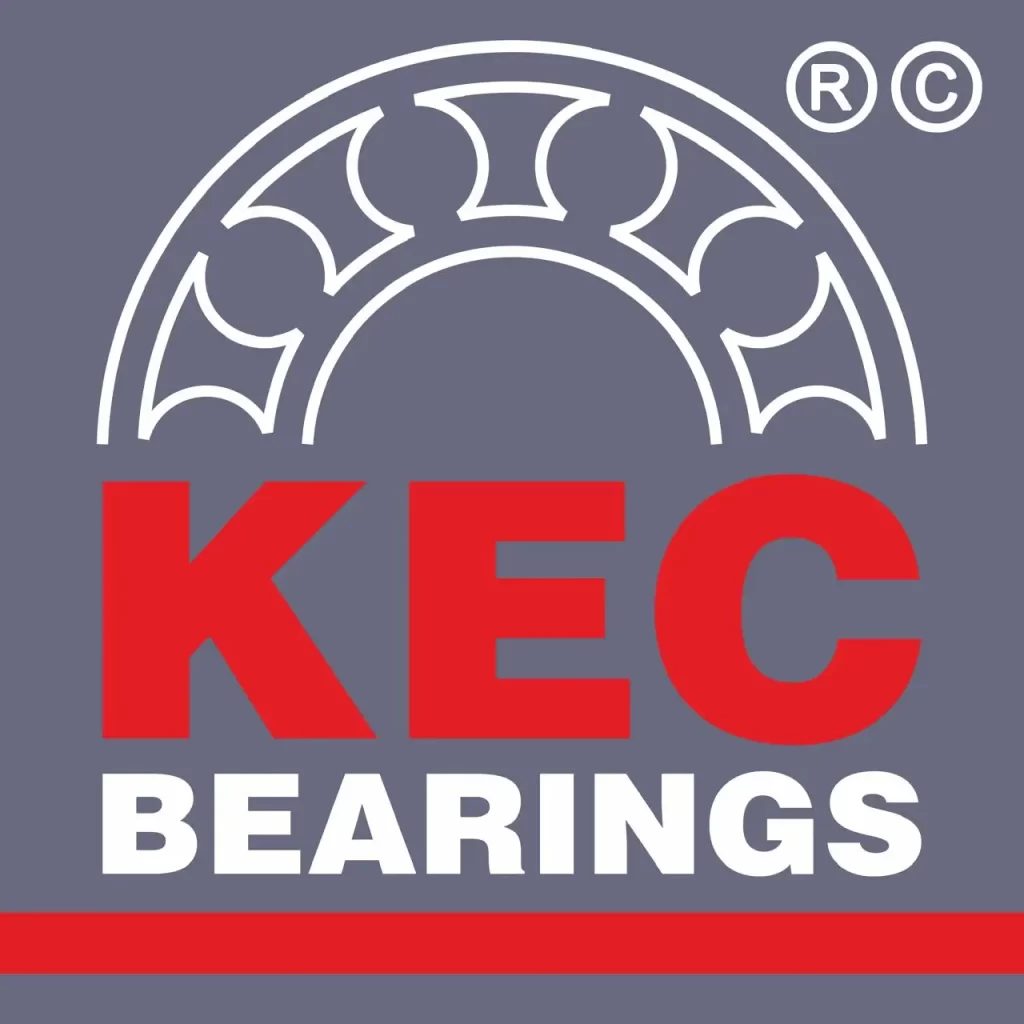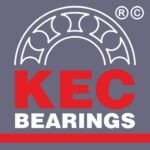Introduction
Bearings are critical components in a vast array of mechanical systems, and their efficiency and longevity hinge significantly on proper lubrication. The choice of lubrication method can affect a bearing’s performance, reducing wear, friction, and potential failure. This article explores common lubrication methods for bearings, their applications, and best practices.
Importance of Lubrication in Bearings
Lubrication in bearings serves several critical purposes:
- Friction Reduction: It minimizes contact between rolling elements and raceways.
- Wear Prevention: It reduces material degradation under repeated stress.
- Corrosion Protection: It creates a barrier against moisture and contaminants.
- Temperature Control: It dissipates heat generated during operation.
Without adequate lubrication, bearings are susceptible to overheating, premature wear, and catastrophic failure.
Types of Lubrication for Bearings
1. Grease Lubrication
Grease is a widely used lubricant for bearings due to its ease of application and ability to stay in place. It consists of oil mixed with a thickener and often additives for specific performance characteristics.
Applications:
- Low to moderate speed operations
- Systems where relubrication is infrequent or difficult
Advantages:
- Excellent sealing properties
- Simplifies maintenance
- Suitable for vertical shafts
Considerations:
- Limited cooling capability
- Requires proper grease selection to match operating conditions
2. Oil Lubrication
Oil is another popular choice, offering better cooling and lower friction compared to grease. It is typically applied through various delivery methods.
Common Delivery Methods:
- Oil Bath Lubrication: Bearings are partially submerged in oil. This method is simple but less effective for high-speed applications.
- Oil Mist Lubrication: A fine mist of oil is sprayed onto the bearing surfaces, suitable for highspeed operations.
- Circulating Oil Systems: Oil is continuously pumped through the bearing and filtered to remove contaminants, ideal for systems requiring constant cooling.
Applications:
- High-speed and high-temperature environments
- Precision machinery
Advantages:
- Superior heat dissipation
- Efficient for high-speed operations
Considerations:
- Requires more complex systems
- Potential for Leakage
3. Solid Lubrication
In environments where liquid lubricants are unsuitable, solid lubricants such as graphite or molybdenum disulfide provide a solution. These materials are embedded in a bearing’s structure or applied as coatings.
Applications:
- Extreme temperatures
- Vacuum or clean-room environments
Advantages:
- No liquid contaminants
- Operates under extreme conditions
Considerations:
- Limited life span
- Specialized applications only
Factors to Consider When Choosing a Lubrication Method
- Operating Conditions: Speed, load, temperature, and environment.
- Maintenance Requirements: Accessibility and frequency of relubrication.
- Contamination Risks: Exposure to dust, moisture, or chemicals.
- Cost: Initial and long-term costs associated with lubrication systems.
Best Practices for Bearing Lubrication
- Use the Correct Lubricant: Always choose a lubricant recommended by the bearing manufacturer.
- Avoid Over-Lubrication: Excess lubrication can cause overheating and attract contaminants.
- Monitor Lubricant Condition: Regularly check for signs of degradation or contamination.
- Schedule Relubrication Intervals: Maintain a consistent schedule to ensure optimal performance.
- Implement Proper Storage and Handling: Store lubricants in a clean, dry environment and avoid cross-contamination.
Emerging Trends in Bearing Lubrication
- Smart Lubrication Systems: Sensors and IoT-enabled devices for real-time monitoring and automated lubrication.
- Eco-Friendly Lubricants: Biodegradable and non-toxic lubricants to reduce environmental impact.
- Nano-Lubricants: Advanced formulations with nanoparticles to enhance performance under extreme conditions.
Conclusion
Proper lubrication is the cornerstone of efficient and reliable bearing operation. By selecting the appropriate method and following best practices, industries can enhance bearing performance, reduce maintenance costs, and extend equipment life. As technology advances, smarter and more sustainable lubrication solutions will continue to emerge, ensuring bearings meet the demands of modern applications.
Actionable Advice
At KEC Bearings we provide our customer beat solution for their problems. You can visit our YouTube channel or refer our technical handbook for more information. Below are some points which can be considered while lubricating bearings.
- Consult Experts: If unsure about the right lubrication method, seek advice from lubrication or bearing specialists.
- Develop a Maintenance Plan: Create a detailed schedule for lubrication checks and replacements to prevent unexpected failures.
- Invest in Training: Equip maintenance staff with knowledge about modern lubrication techniques and tools.
- Use Diagnostic Tools: Implement vibraƟon analysis and thermal imaging to detect lubrication issues early.
- Stay Updated: Keep abreast of new developments in lubrication technology to leverage advancements that enhance system performance.
Contact Us
KEC Bearings Pvt Ltd
G-2408A, F2 Road, Almighty Gate, Lodhika GIDC, Metoda – 360021, Rajkot, Gujarat (INDIA)
Website: www.kecbearings.com
Email: sales@kecbearings.com
WhatsApp: +91 9330 96 9330

